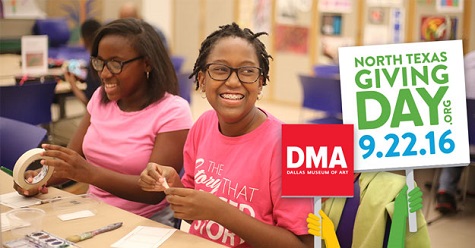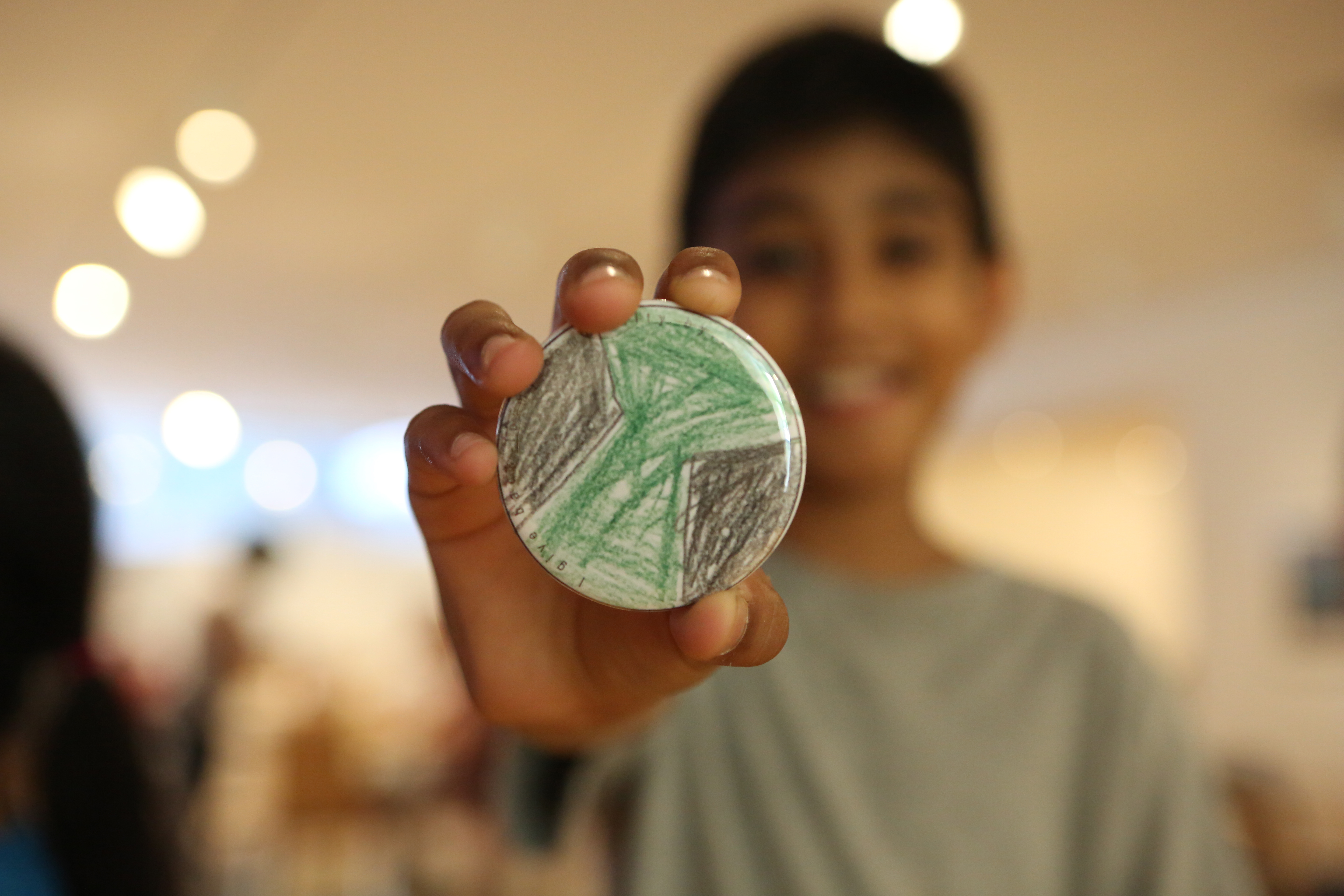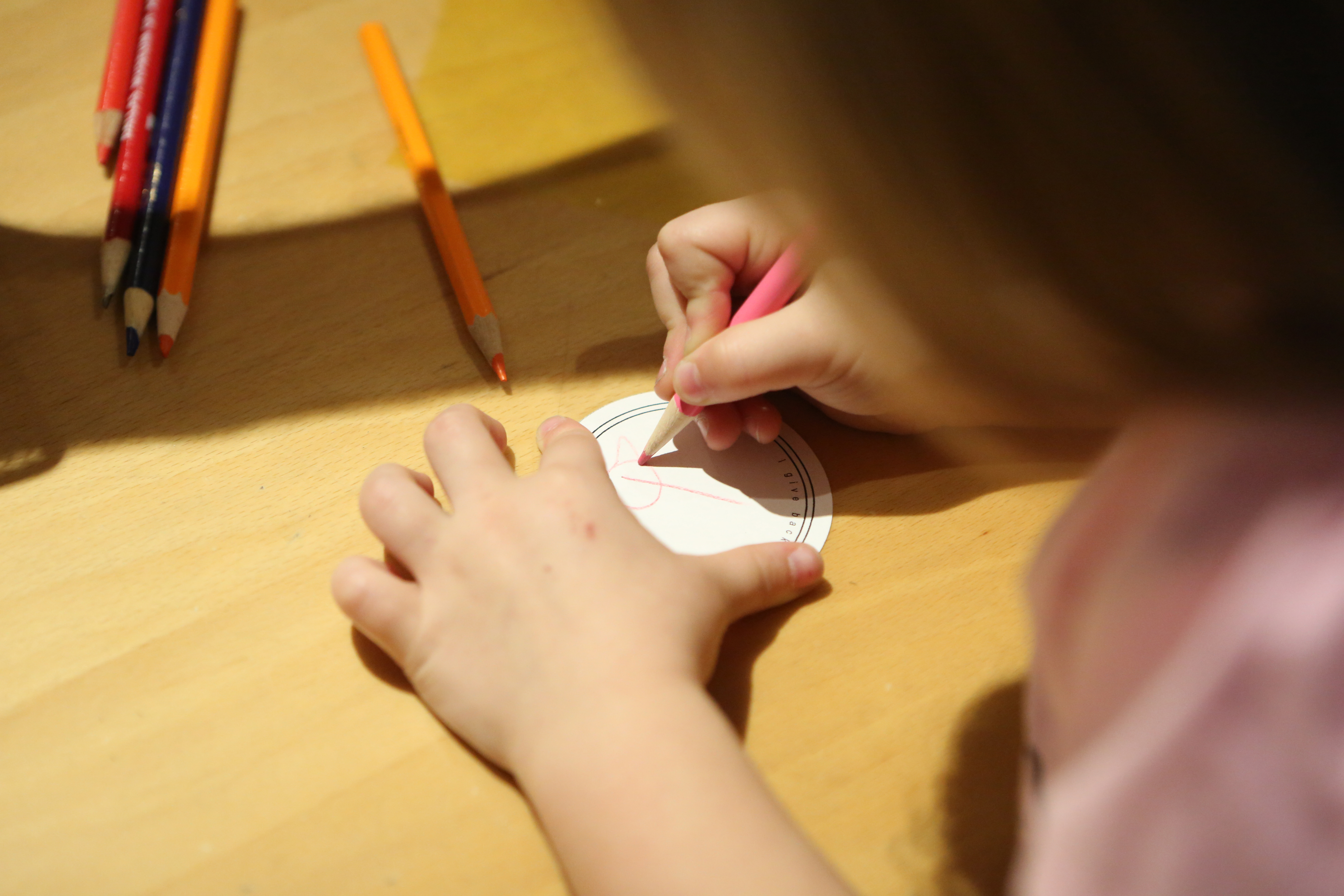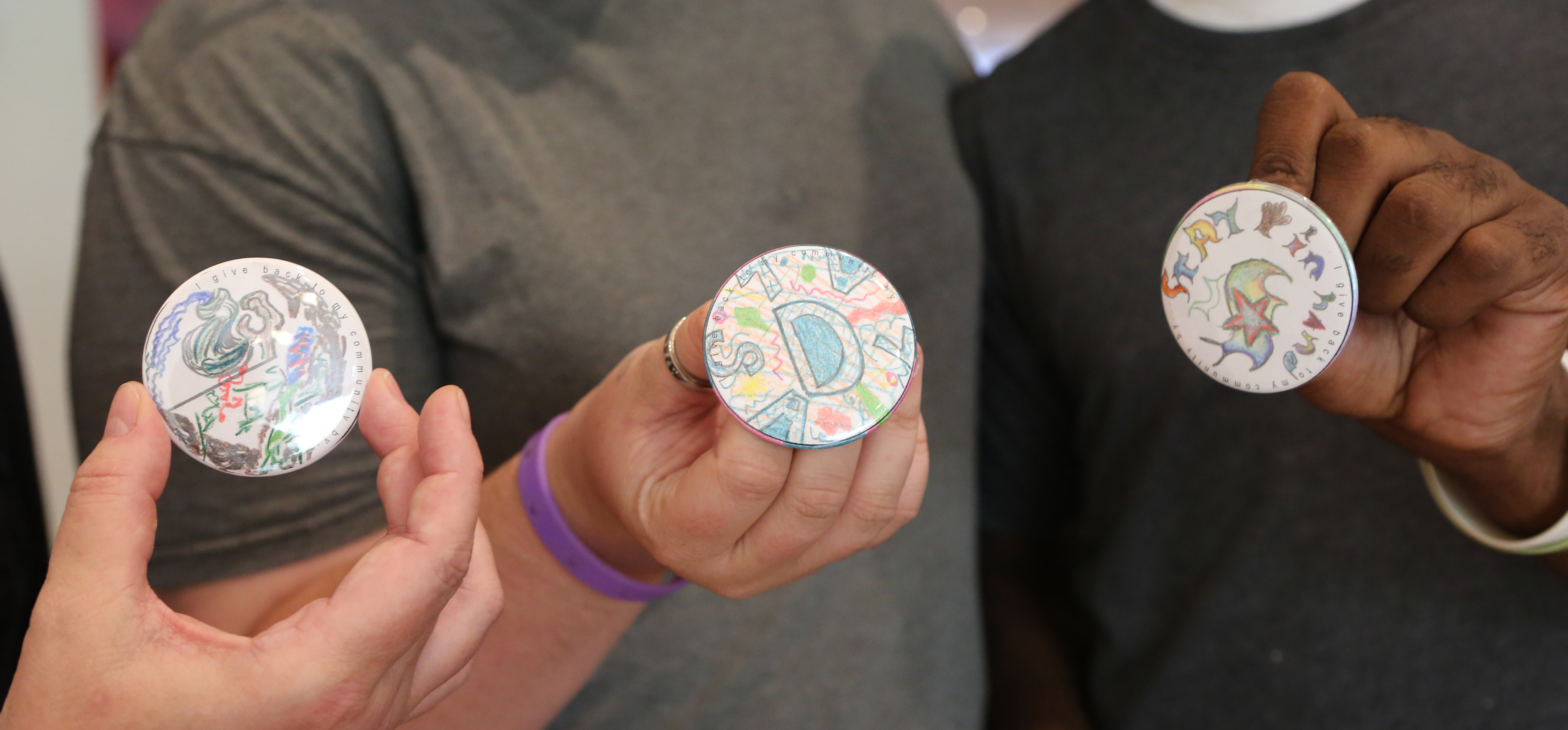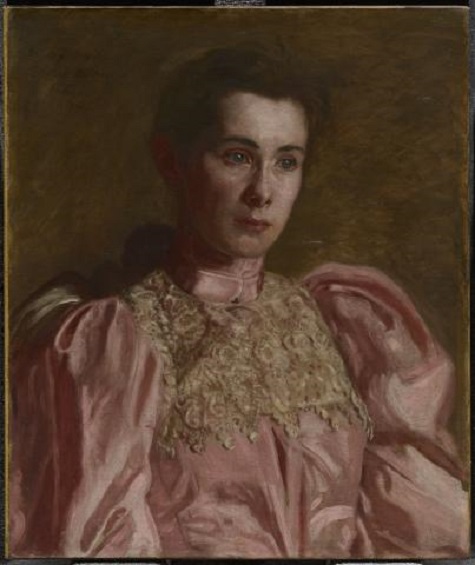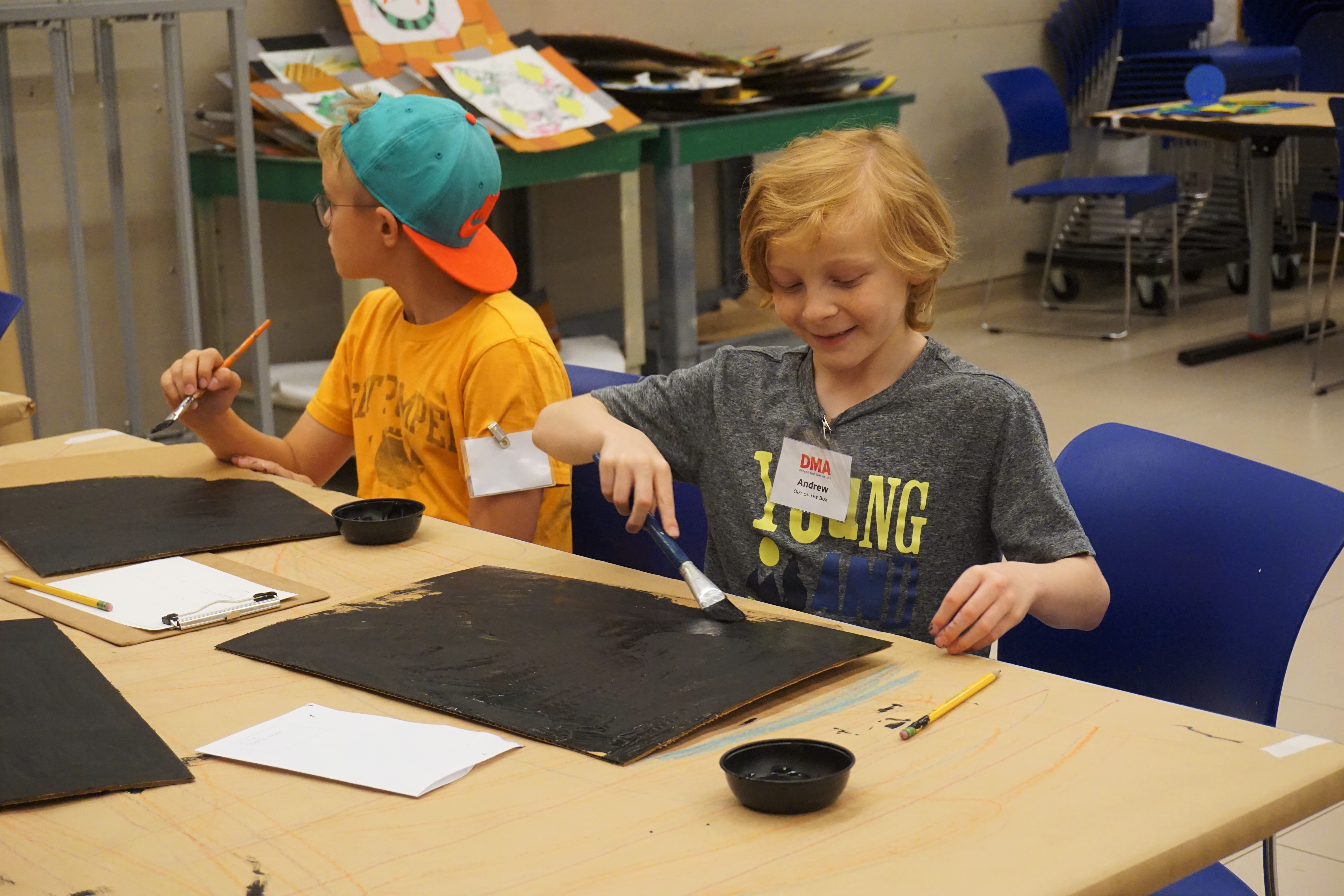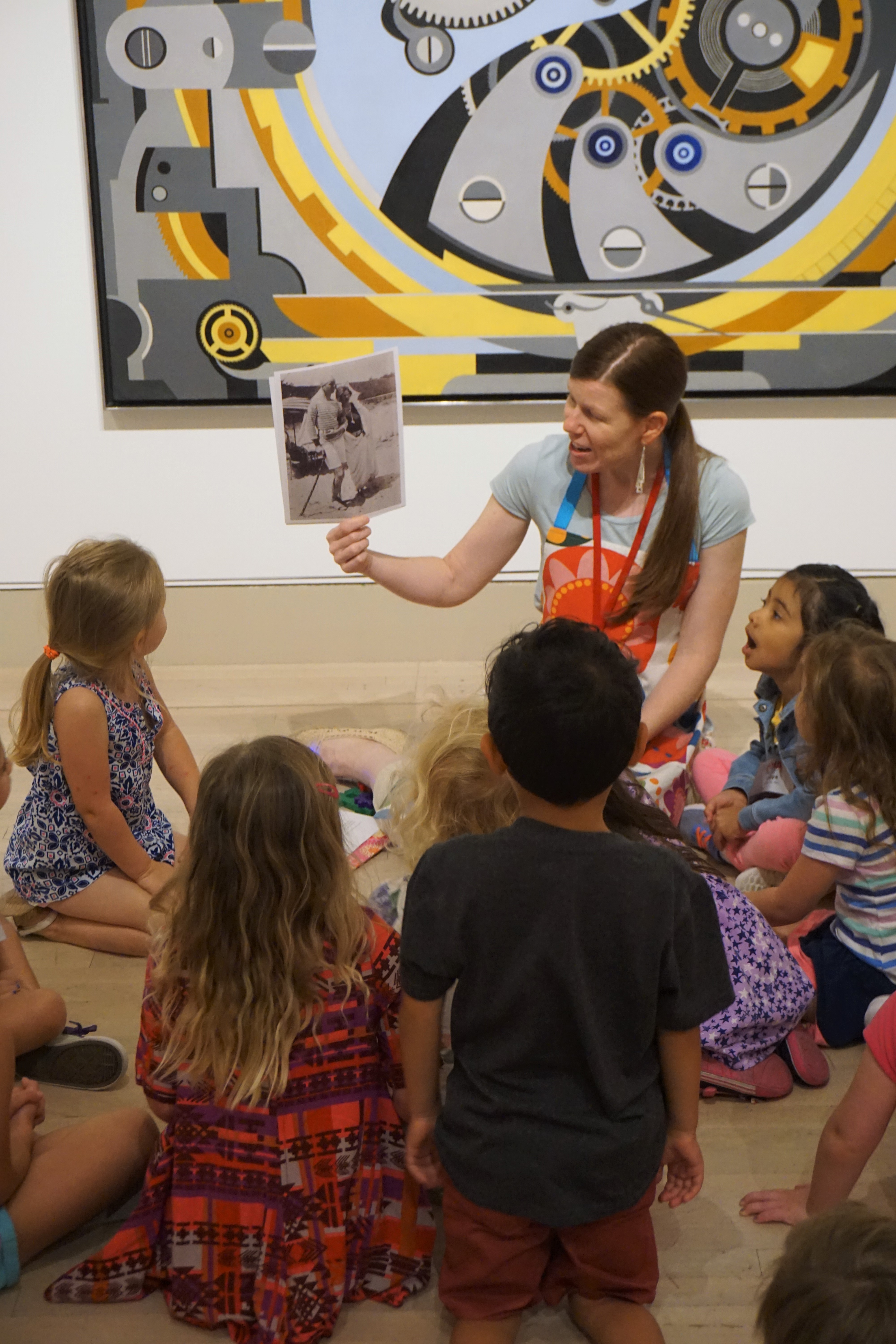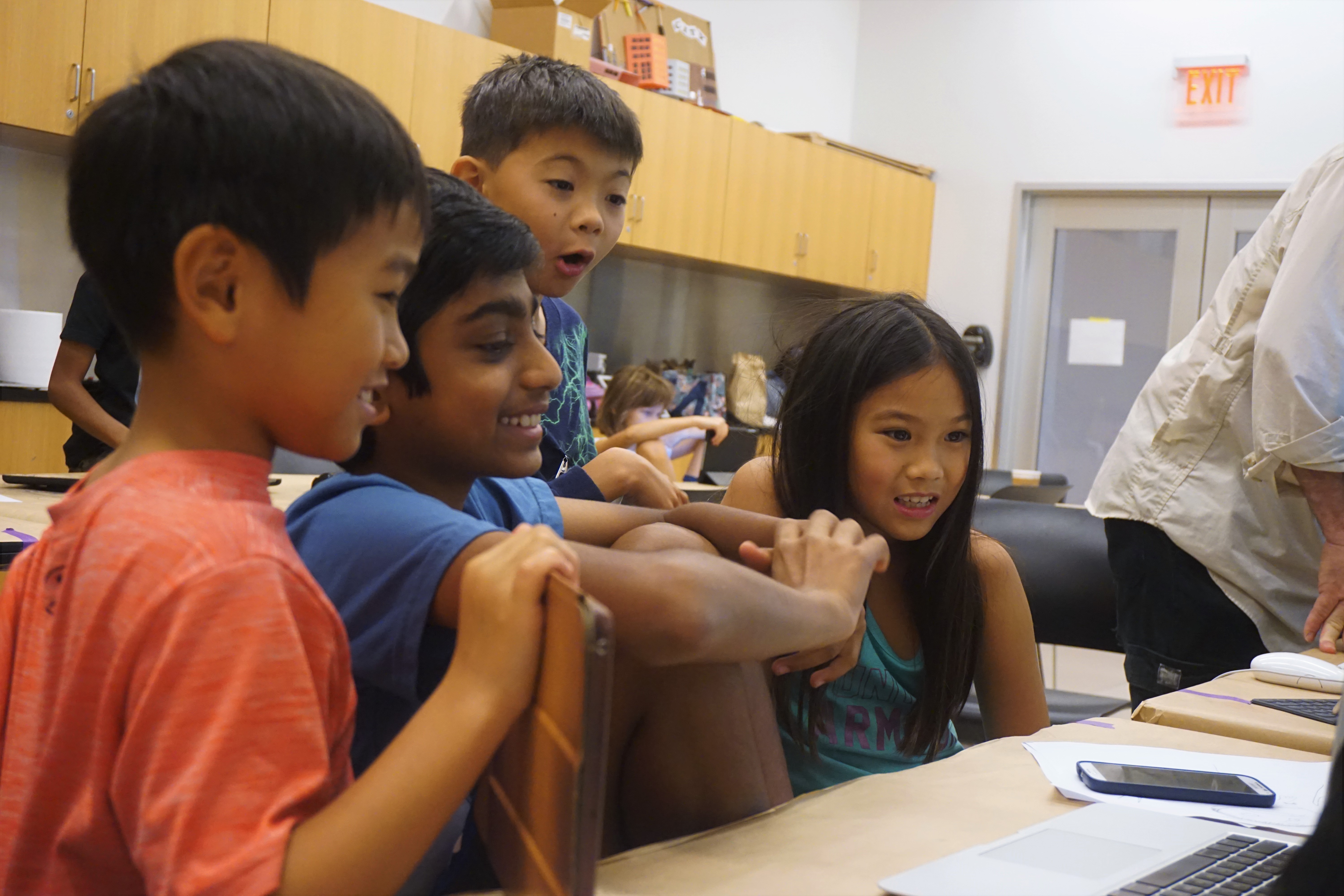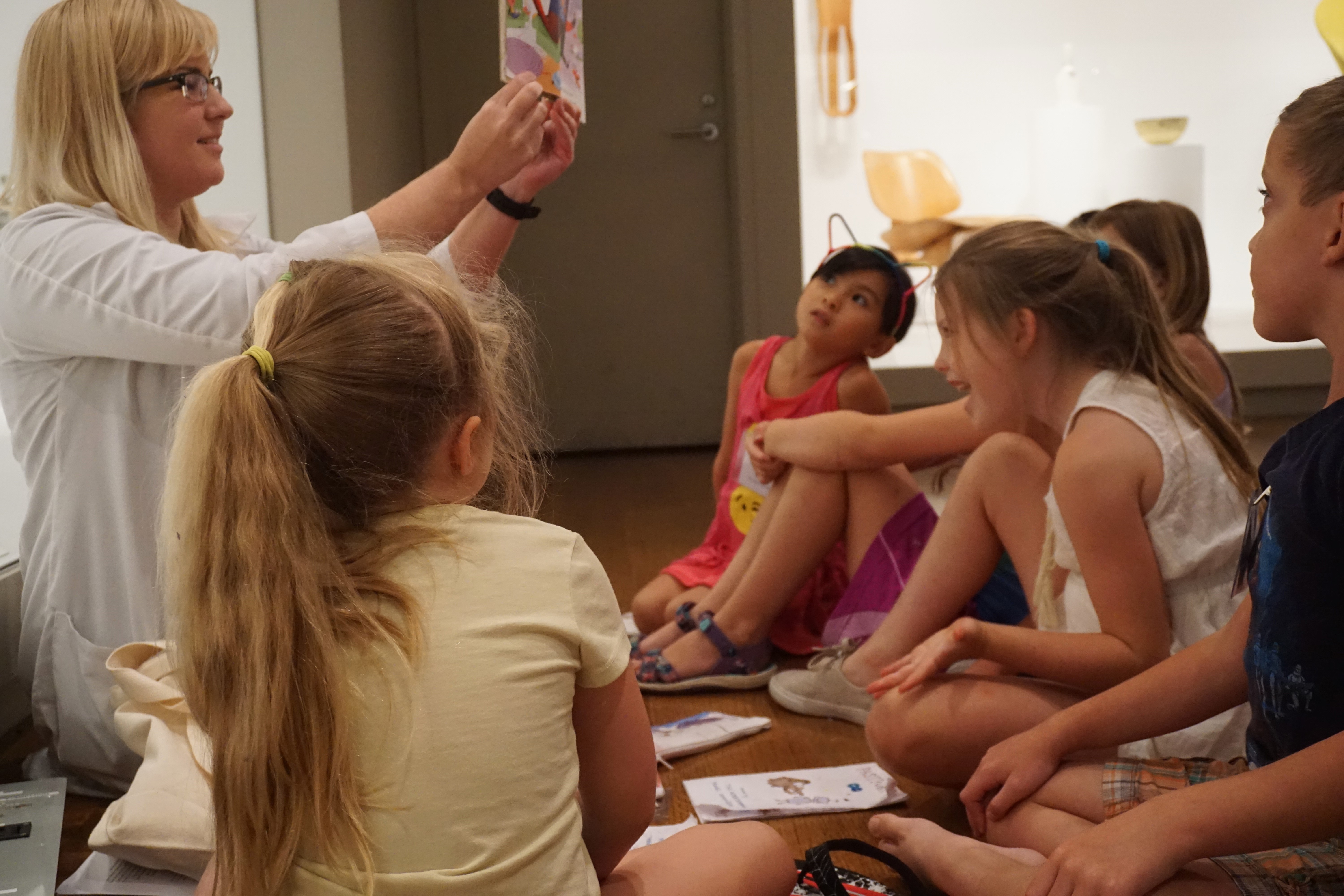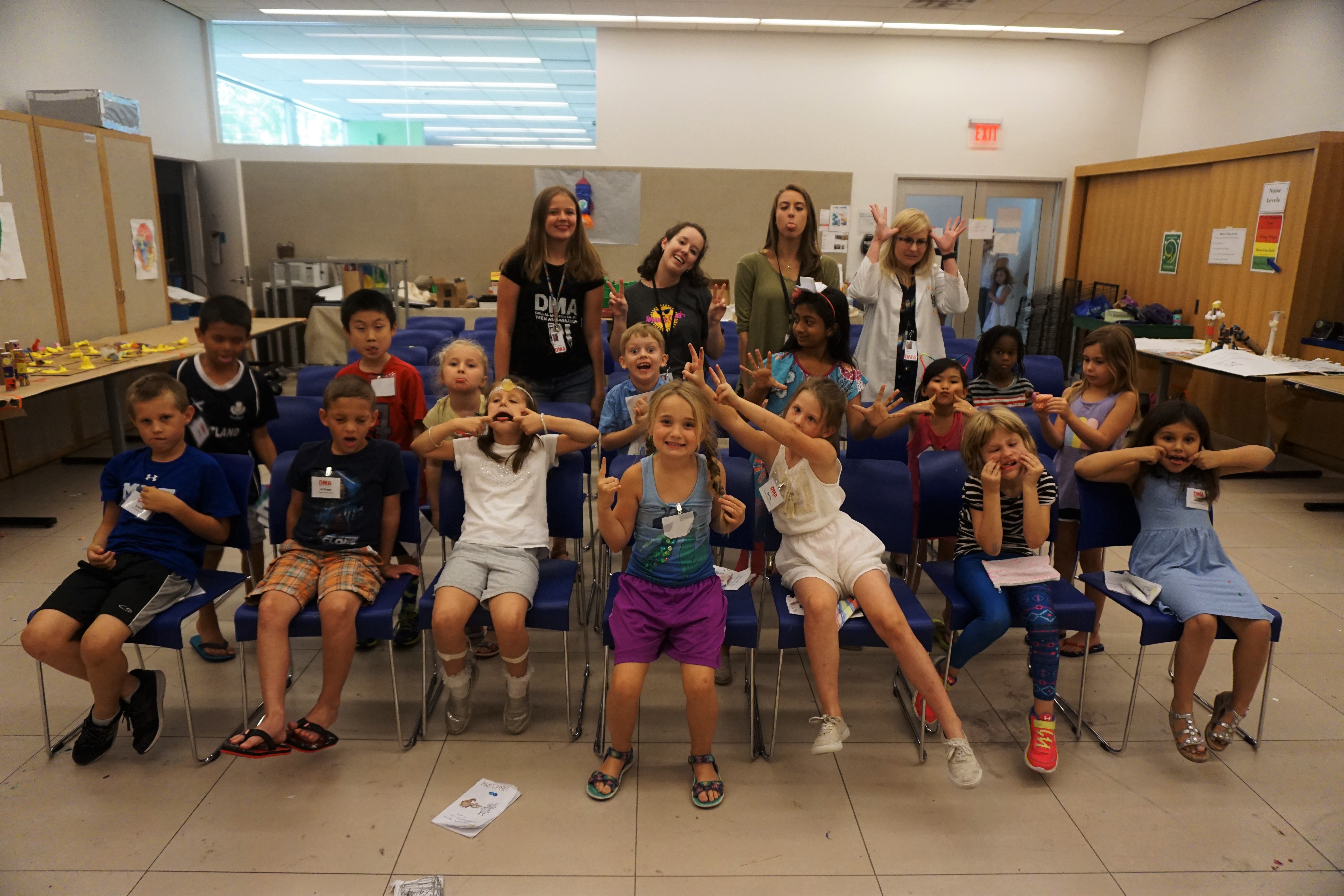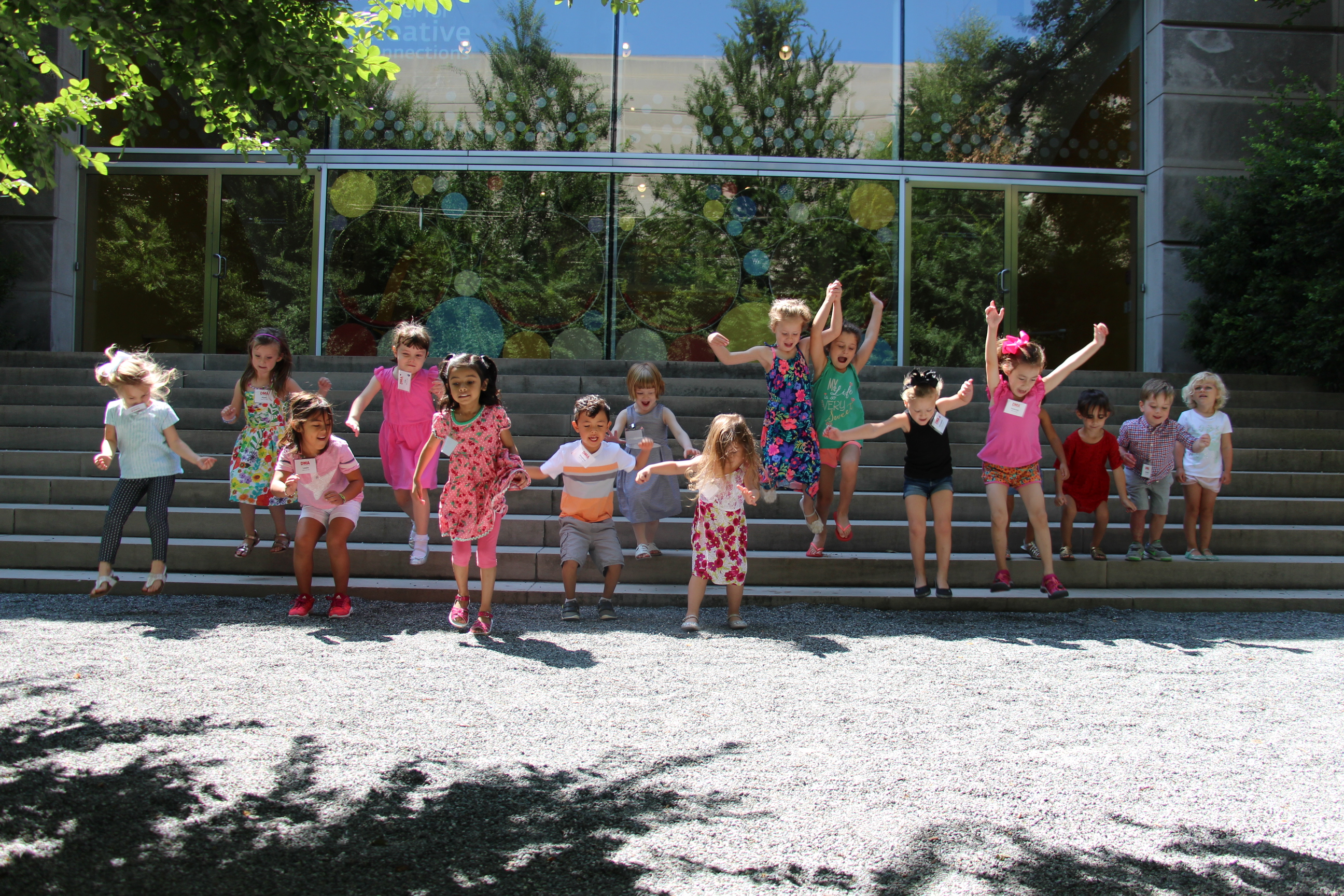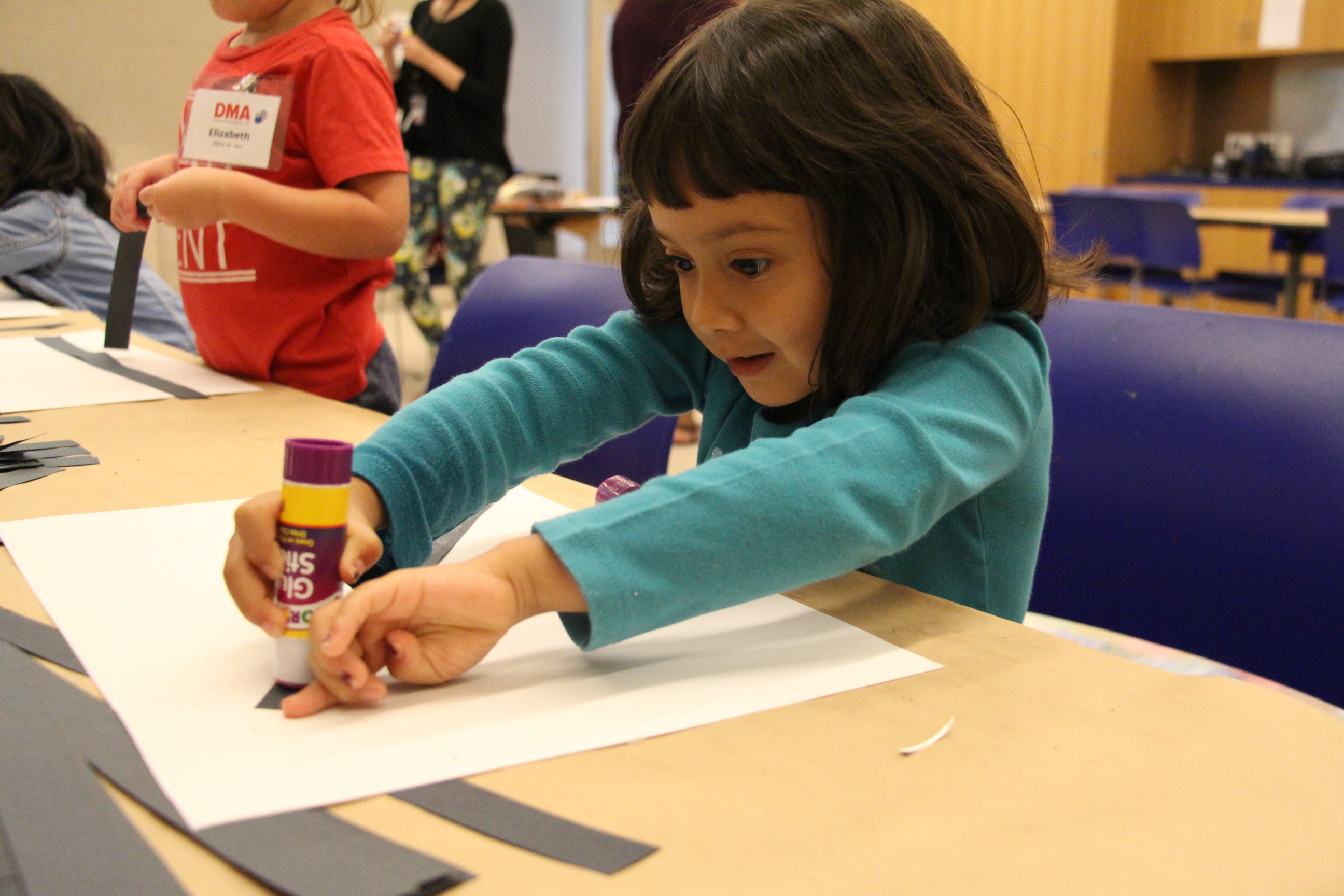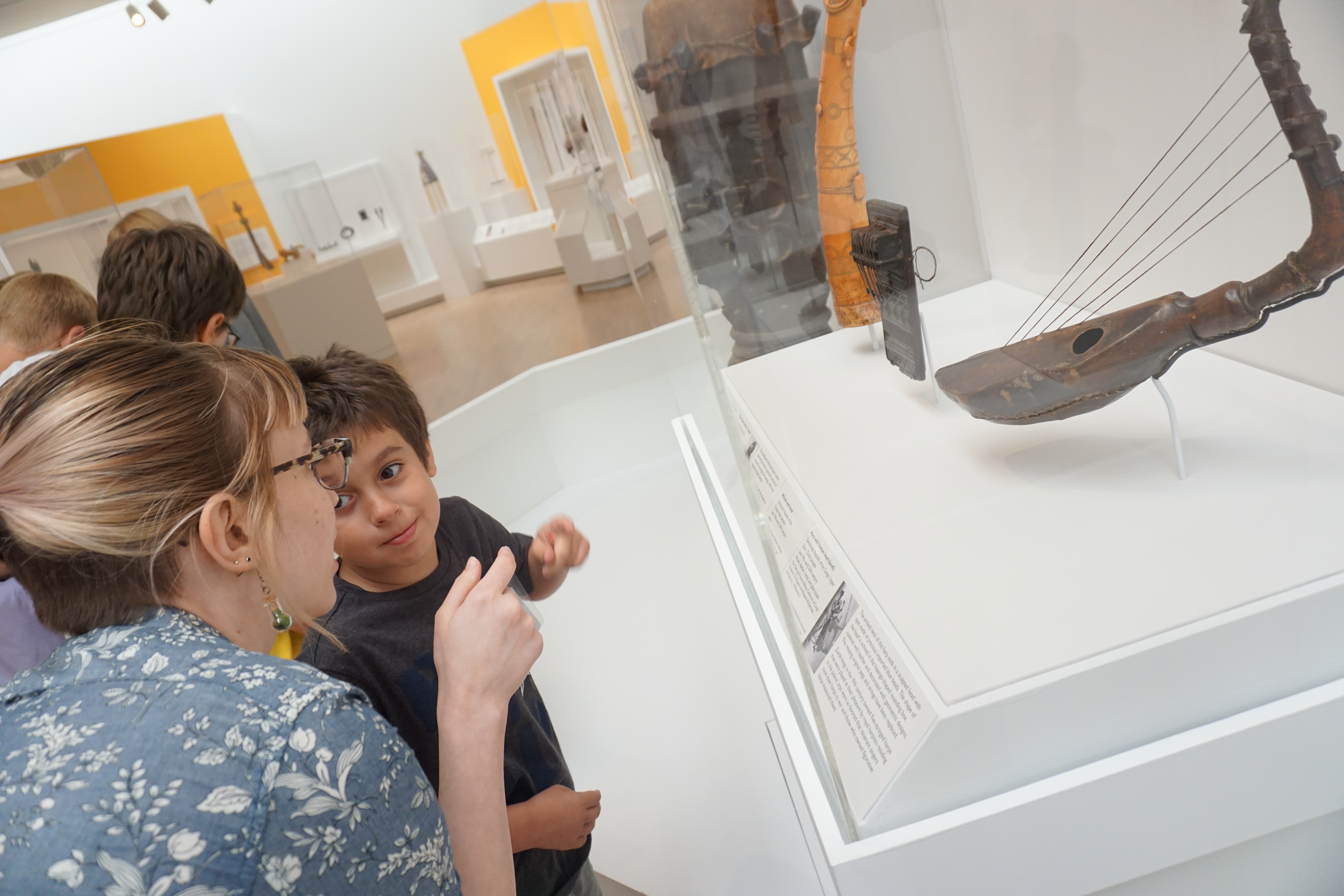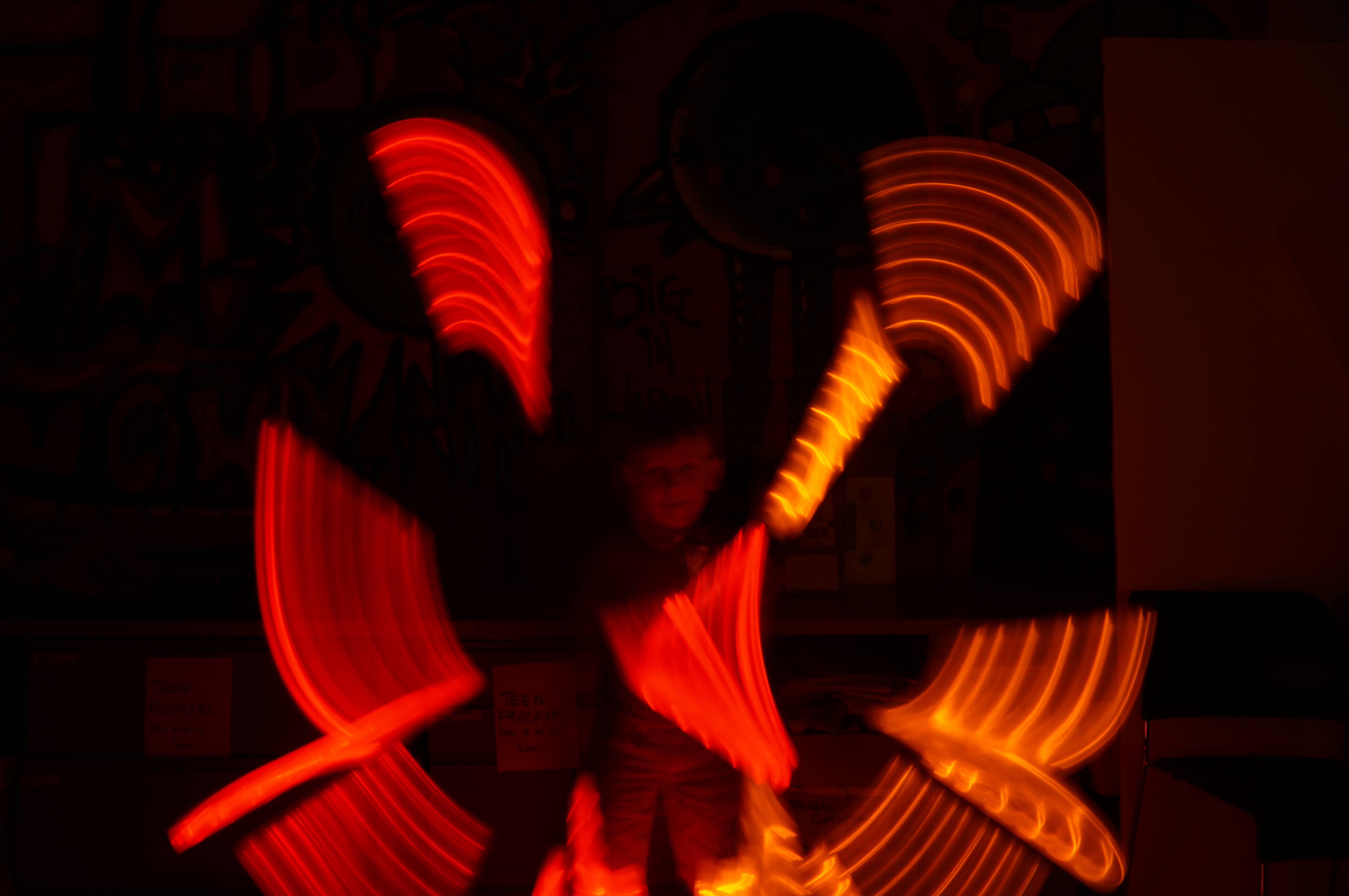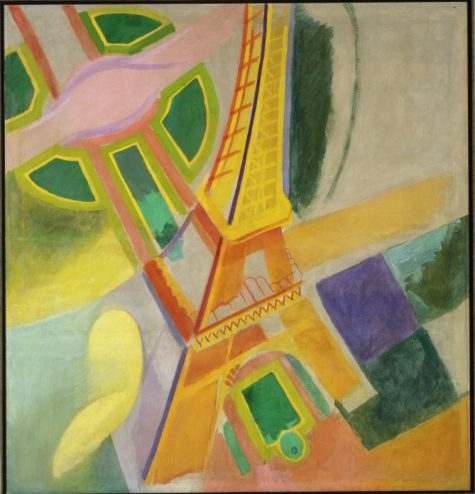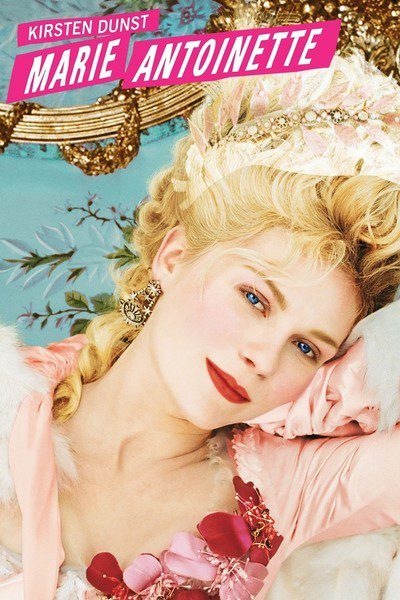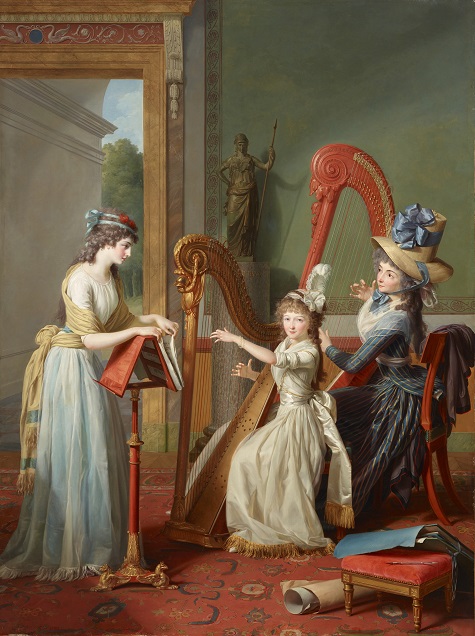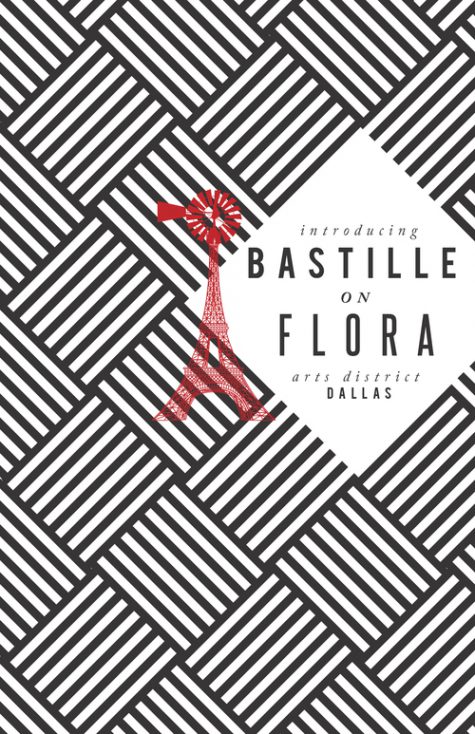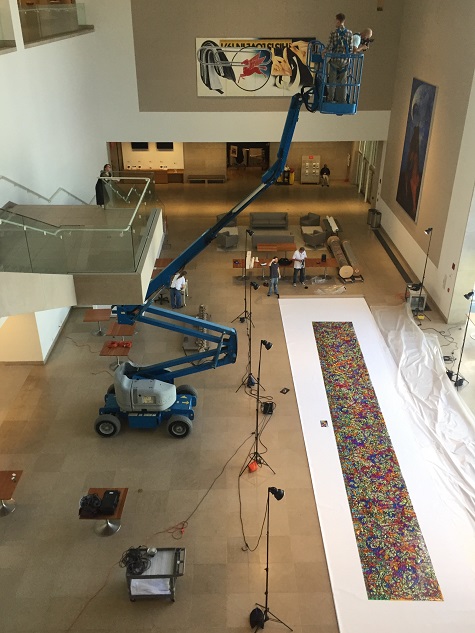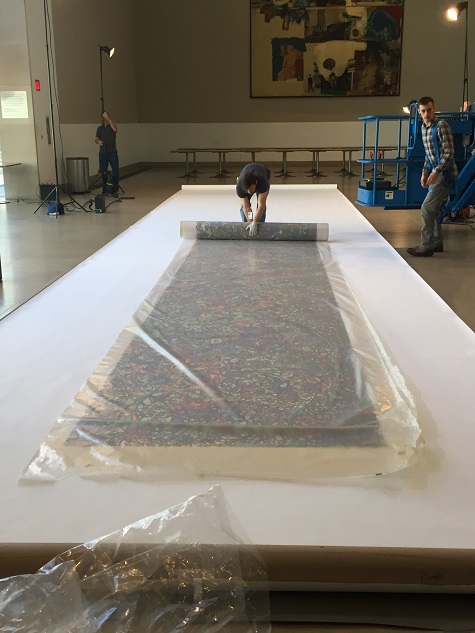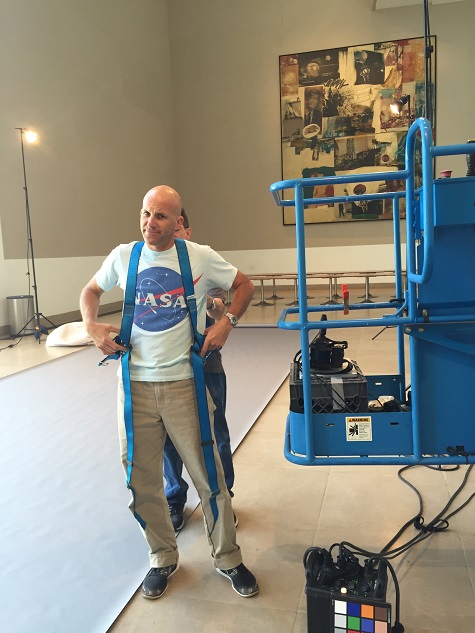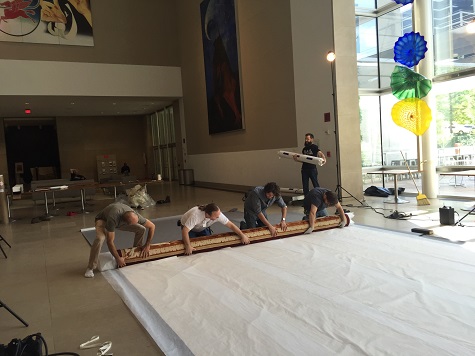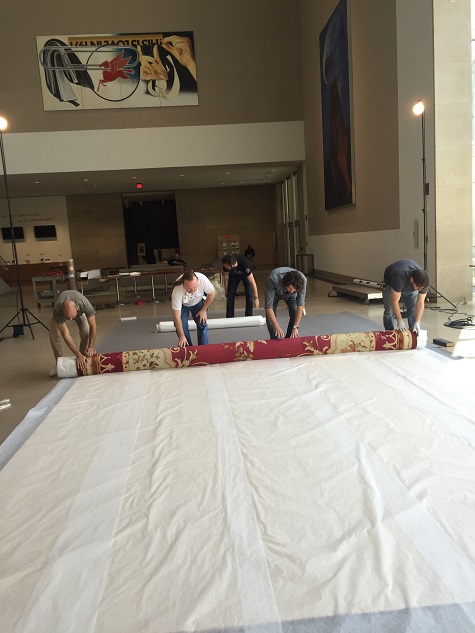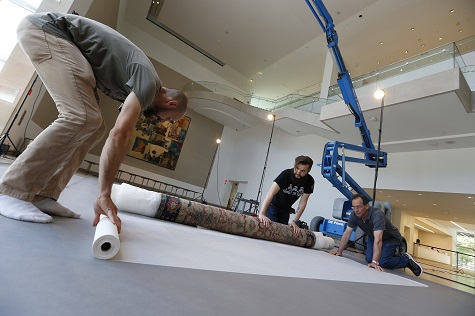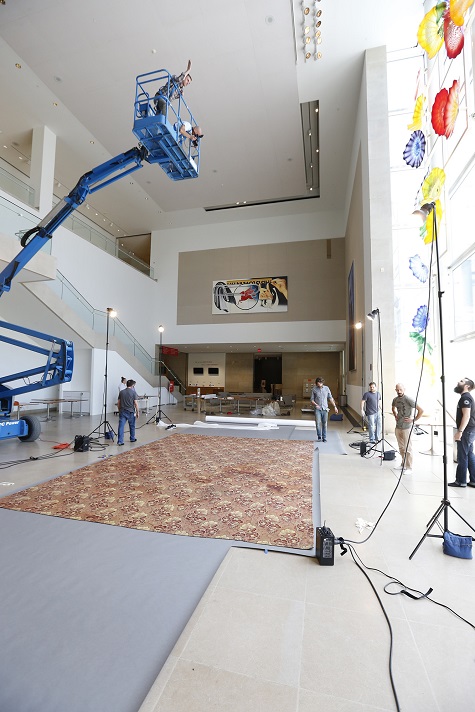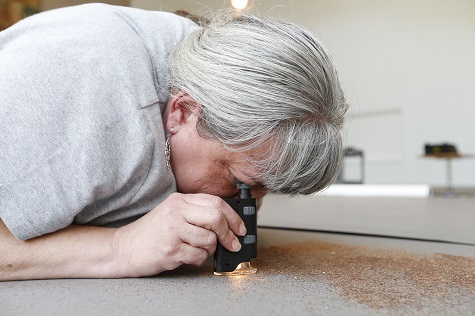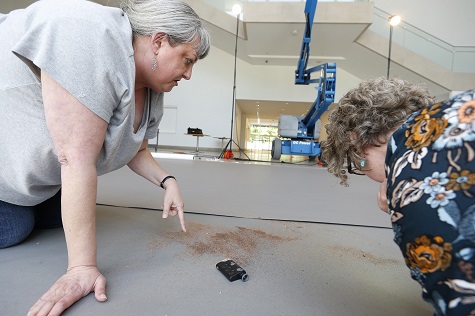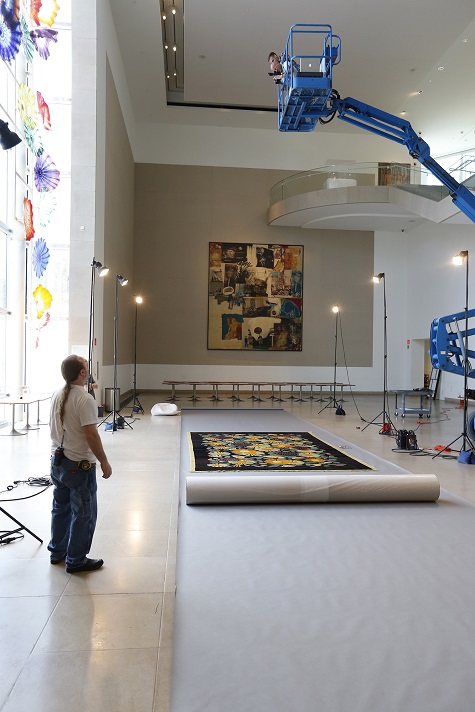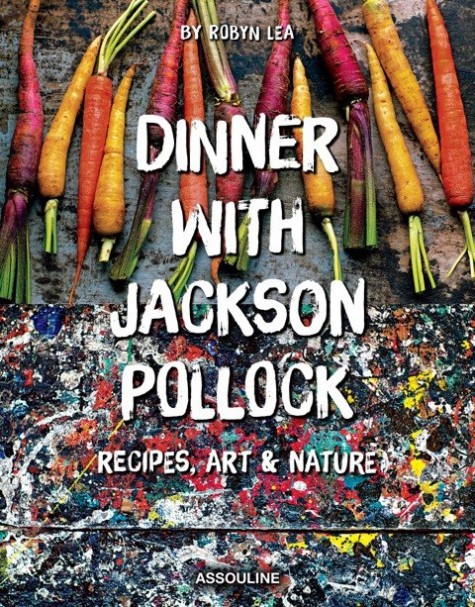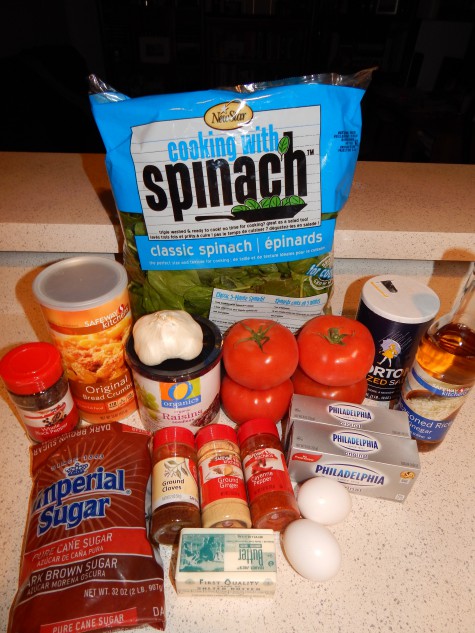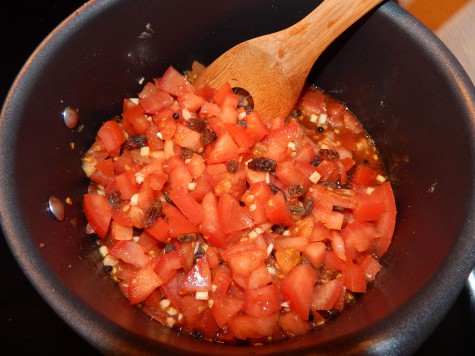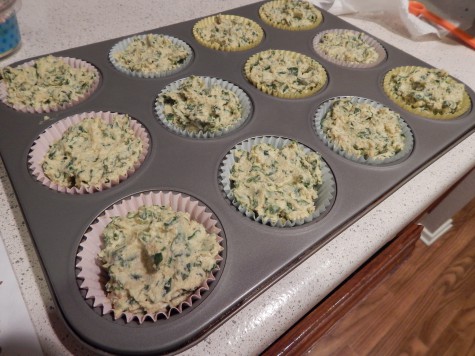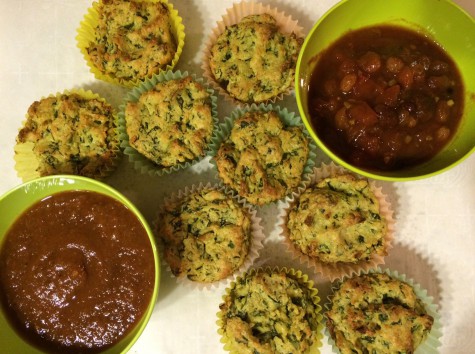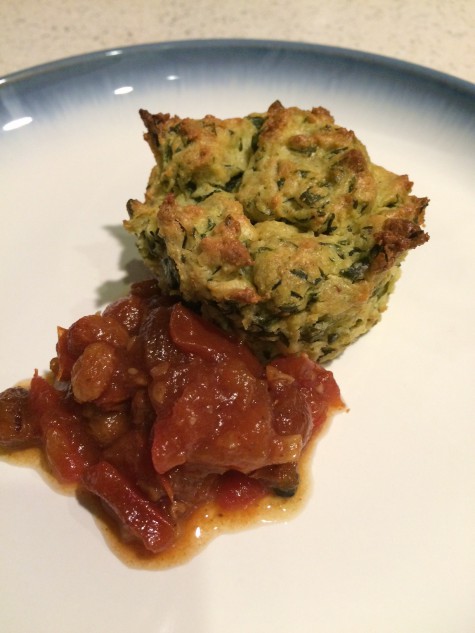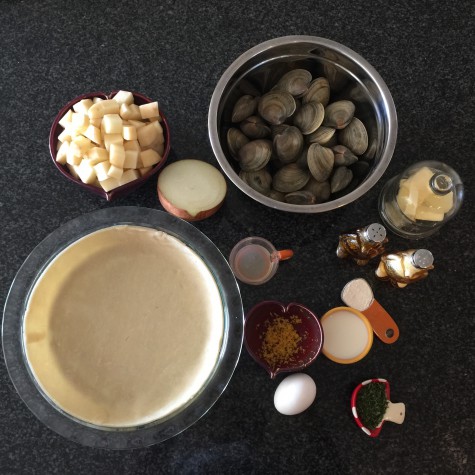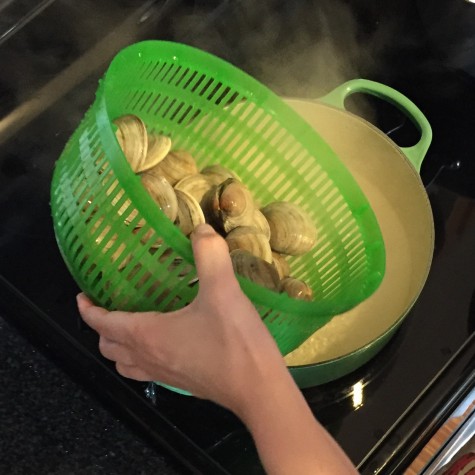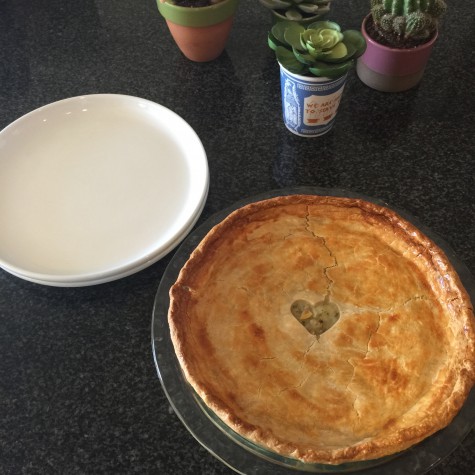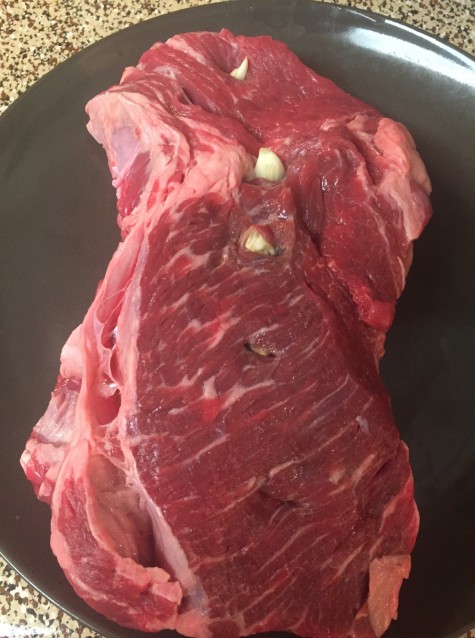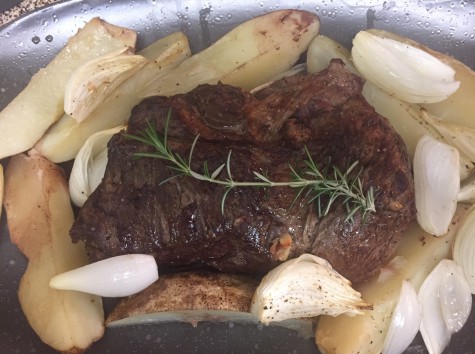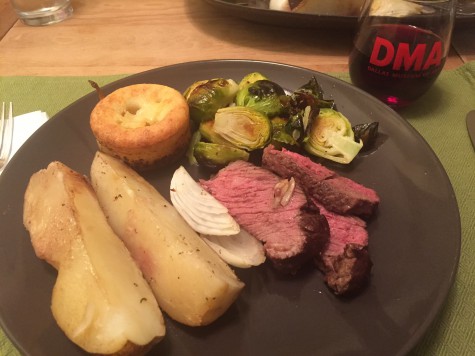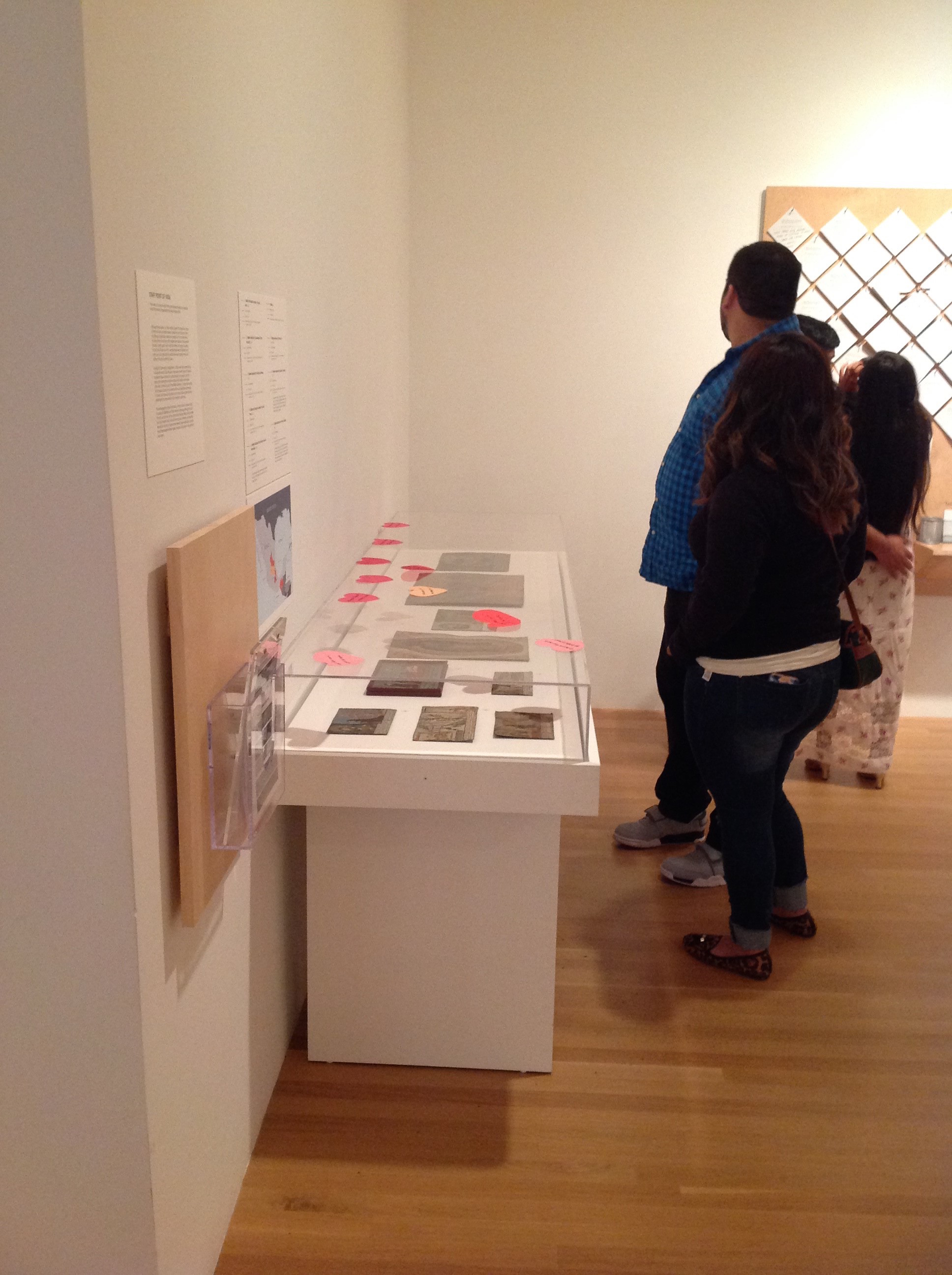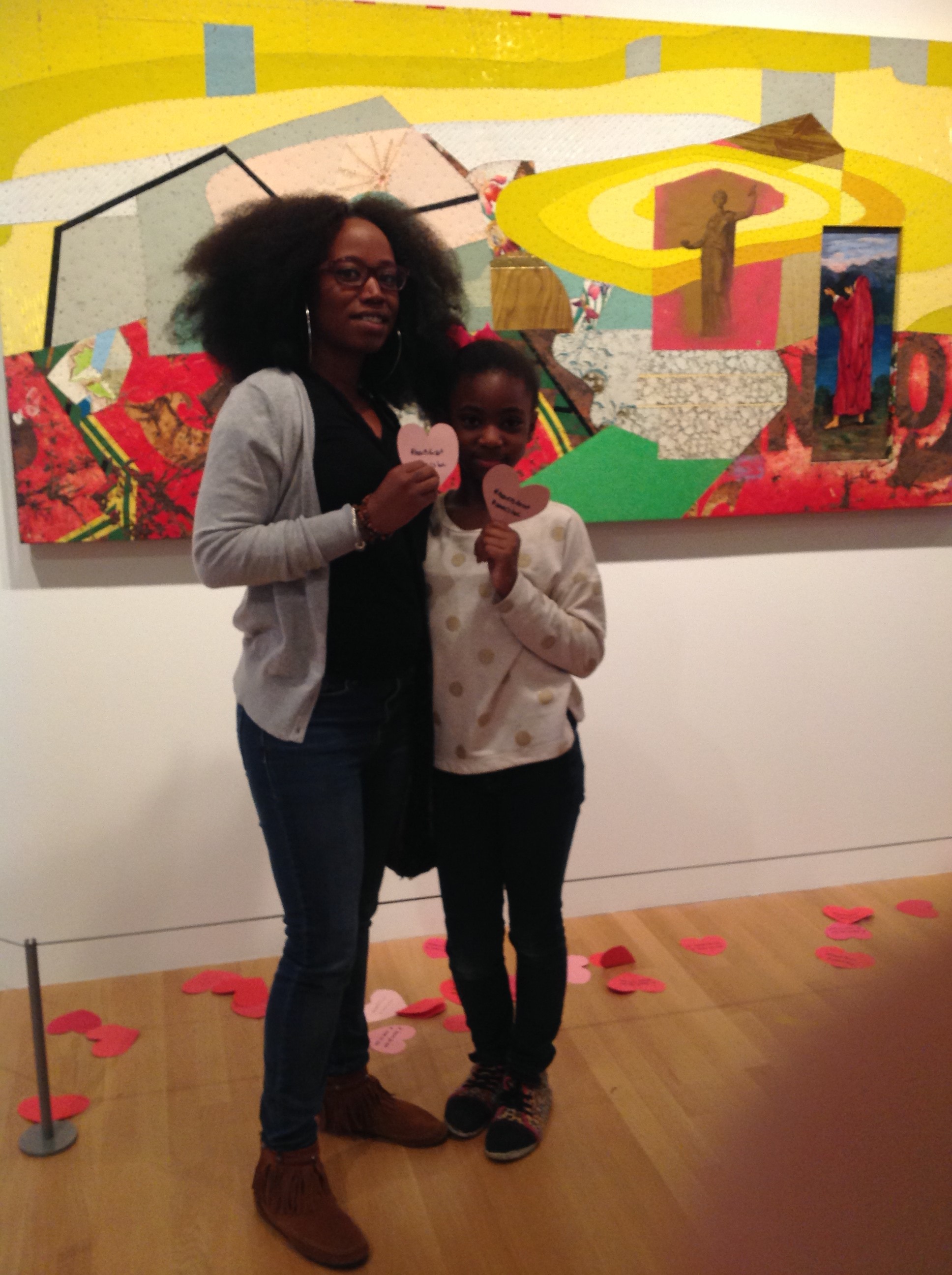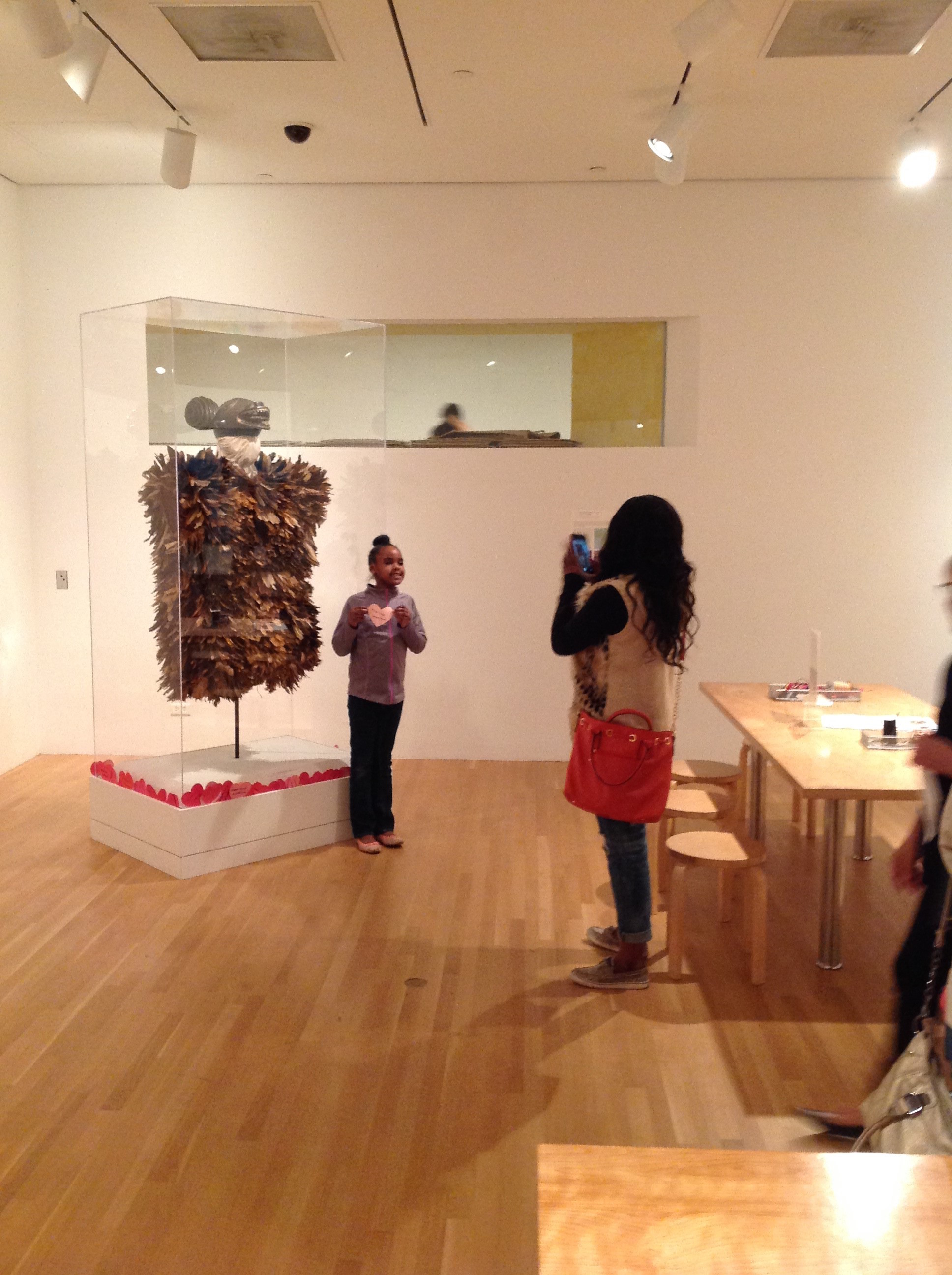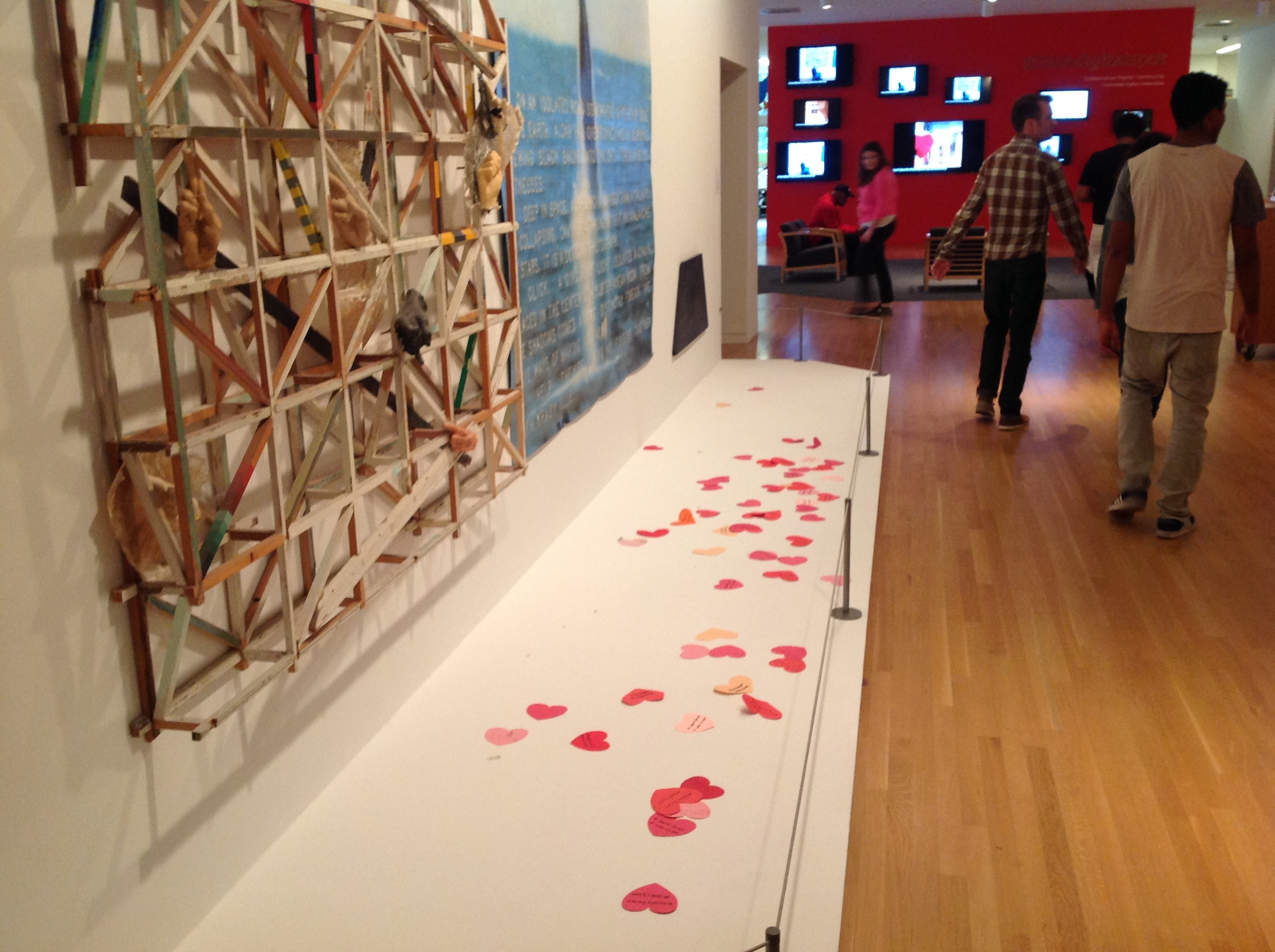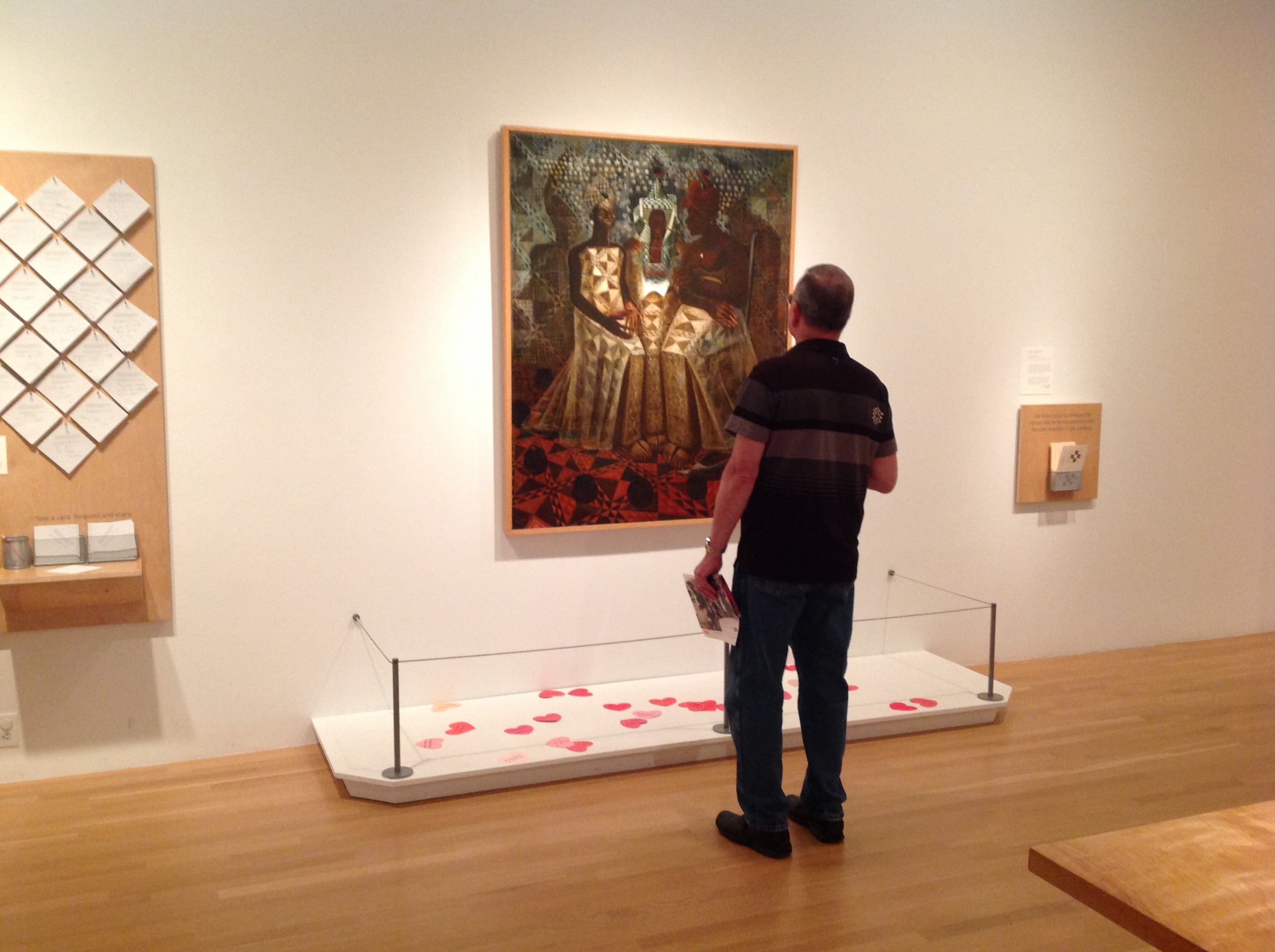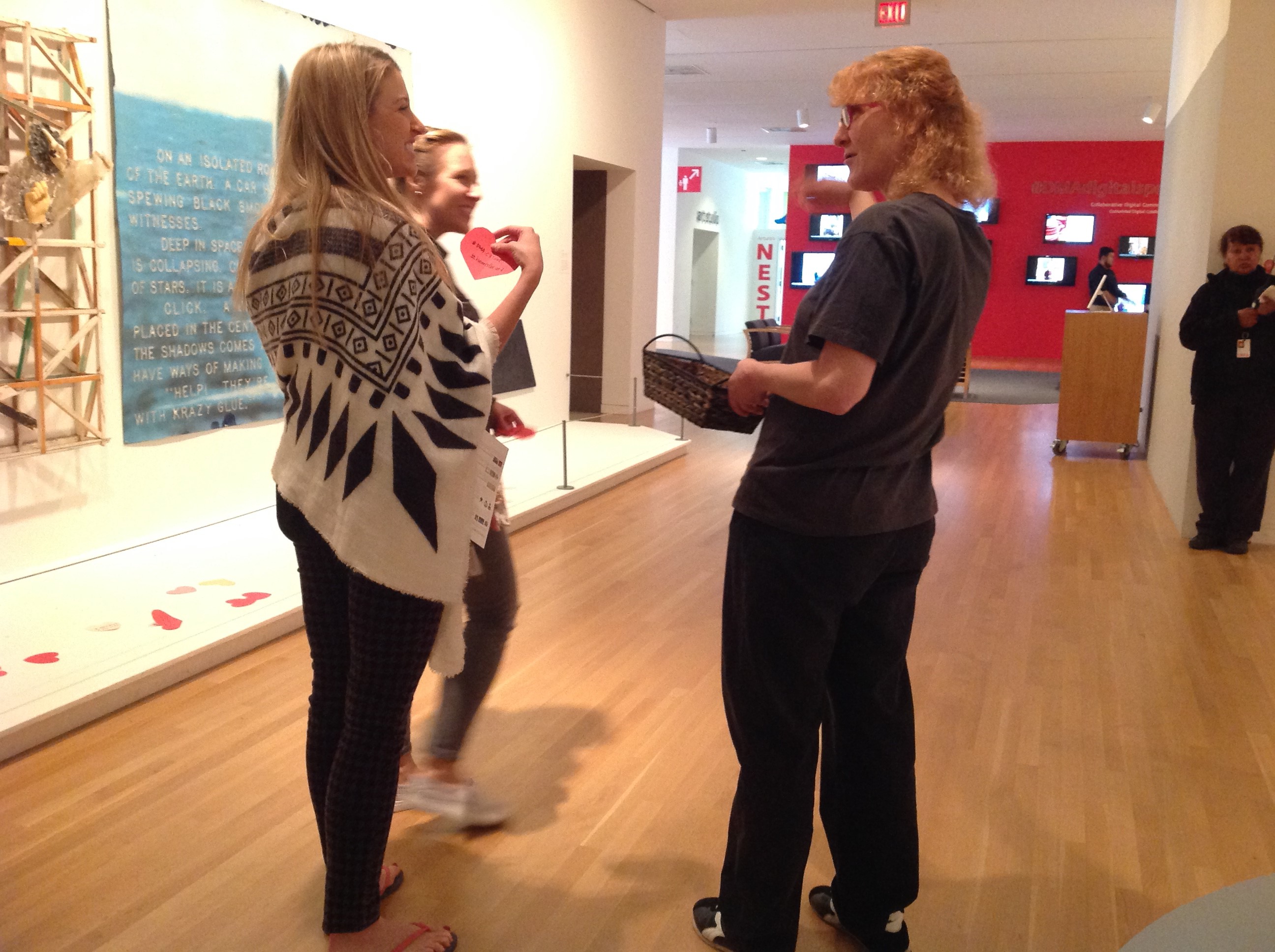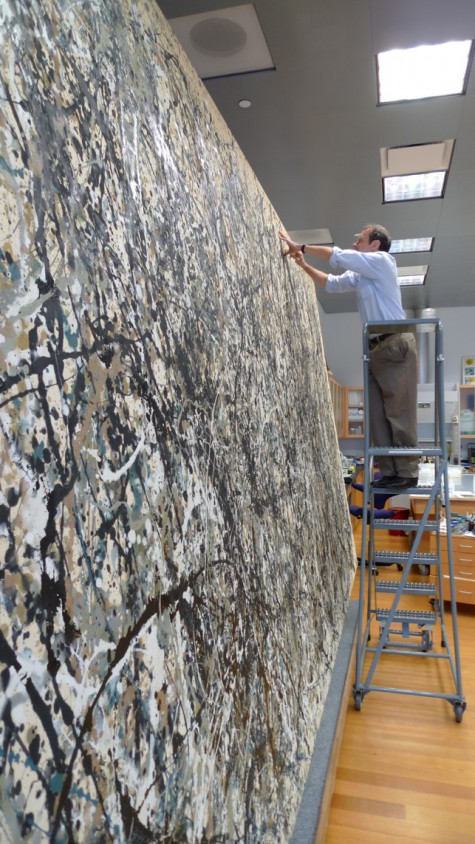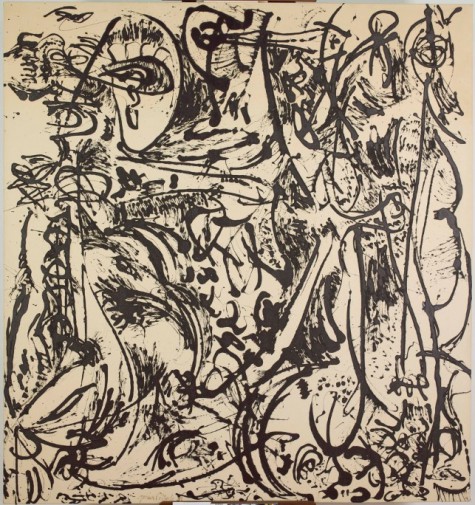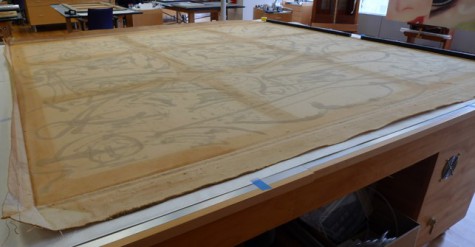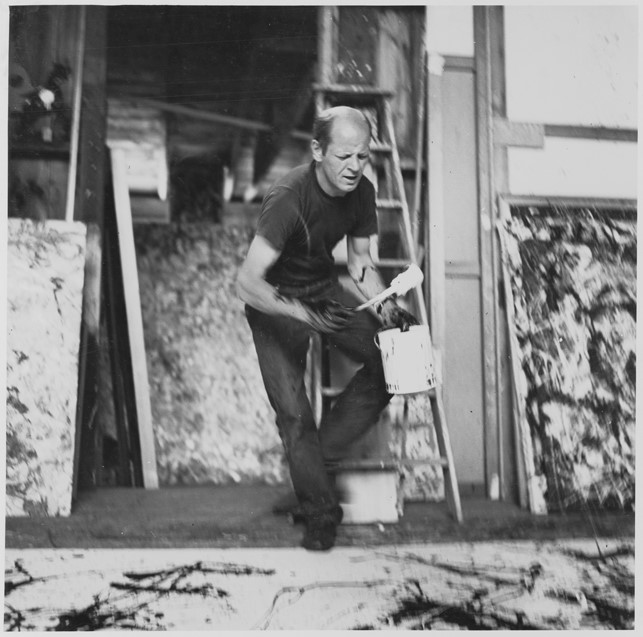What do David Bowie, James Bond, The Karate Kid, Bon Jovi, and dragons have in common? They all served as inspiration for our newest program, Off the Wall.
This spring and summer, the Adult Programming team spent many hours brainstorming themes, program ideas, and the best format for a new evening event. We wanted to be playful in our approach, making sure everyone would have a fun and unexpected experience—thus Off the Wall was born.
From 5:00 to 9:00 p.m. on the second Thursday of each month, Off the Wall will offer a unique way to explore our collection with a pop culture twist. We will launch Off the Wall tomorrow with an exploration of space, astronomy, and the 60s with our take on Space Oddity.
Each member of the team brought her own area of geeky pop culture knowledge to the table, for example, but not limited to, 80s TV, movies, and music (Stacey); movies and all things sci-fi and fantasy (Jessie); Harry Potter, Game of Thrones, and over the top action movies (Katie); and all things 90s with a specialty in rap from the early 2000s (Madeleine).
So stop by and geek out with us, revel in the pop culture madness with us, and boldly go on this new adventure in the DMA collection with us.
October 13: Space Oddity
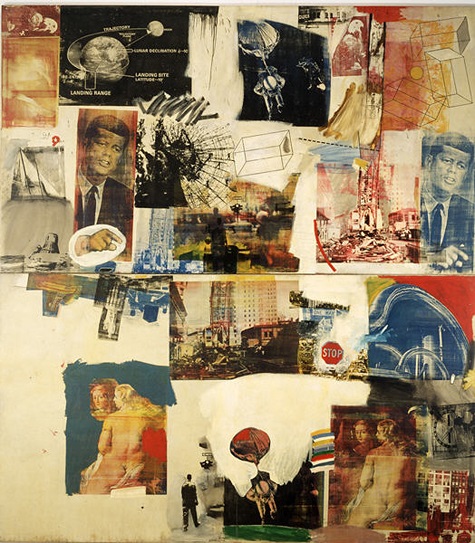
Robert Rauschenberg, Skyway, 1964, oil and silkscreen on canvas, Dallas Museum of Art, The Roberta Coke Camp Fund, The 500, Inc., Mr. and Mrs. Mark Shepherd, Jr. and General Acquisitions Fund, 1986.8.a-b, (c) Rauschenberg Estate/Licensed by VAGA, New York, NY
November 10: Gogh Your Own Way
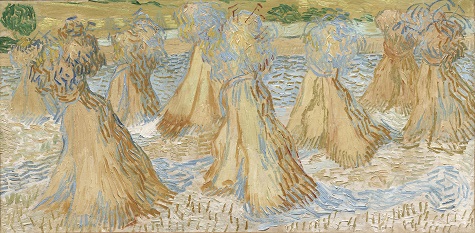
Vincent van Gogh, Sheaves of Wheat, July 1890, oil on canvas, Dallas Museum of Art, The Wendy and Emery Reves Collection, 1985.R.80
December 8: Winter Is Coming
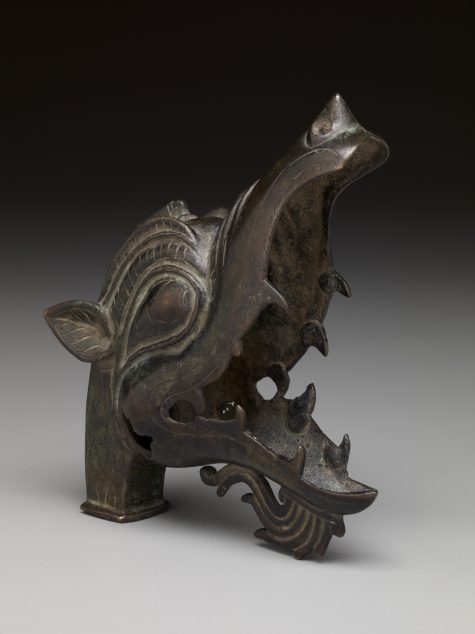
Finial: dragon head, Iran, 11th–14th century, bronze, Dallas Museum of Art, Dallas Art Association Purchase, 1963.24
January 12: Plot Twist
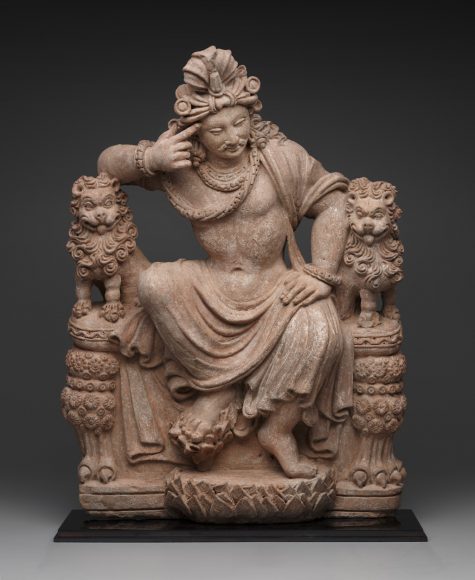
Thinking Bodhisattva, Afghanistan, 4th-6th century C.E., terracotta, Dallas Museum of Art, Wendover Fund, gift of David T. Owsley via the Alvin and Lucy Owsley Foundation, the Cecil and Ida Green Acquisition Fund, and General Acquisitions Fund, 2010.17
February 9: Shot Through the Heart
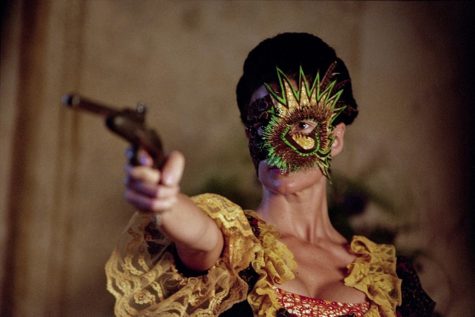
Yinka Shonibare, M.B.E., A Masked Ball (Un ballo mascherd), 2004, high-definition digital video, DMA/amfAR Benefit Auction Fund, 2008.26, (c) Yinka Shonibare
March 9: Et Tu, Brute?
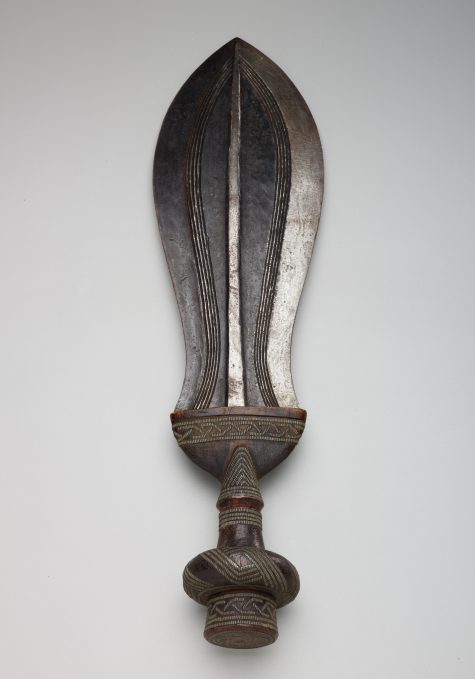
Ceremonial knife, Democratic Republic of the Congo, 19th-20th century, wood, steel, and nickel-silver, Dallas Museum of Art, The Clark and Frances Stillman Collection of Congo Sculpture, gift of Eugene and Margaret McDermott, 1969.S.79
April 13: Shaken, Not Stirred
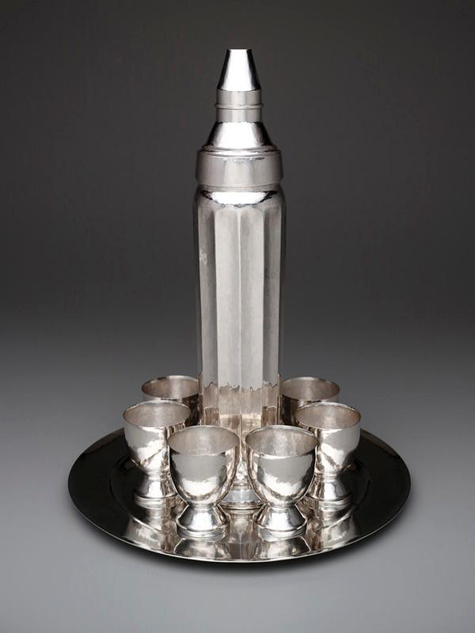
Skyscraper cocktail shaker with cups, William Waldo Dodge, Jr., designer, c. 1928-31, silver, Dallas Museum of Art, The Patsy Lacy Griffith Collection, gift of Patsy Lacy Griffith by exchange, 2008.48.1-12
May 11: Wax On, Wax Off

Wraparound skirt (kain panjang): cloud design (megamenlang), Indonesia, Java, c. 1910, cotton and commercial dye (?), Textile Purchase Fund, 1991.58
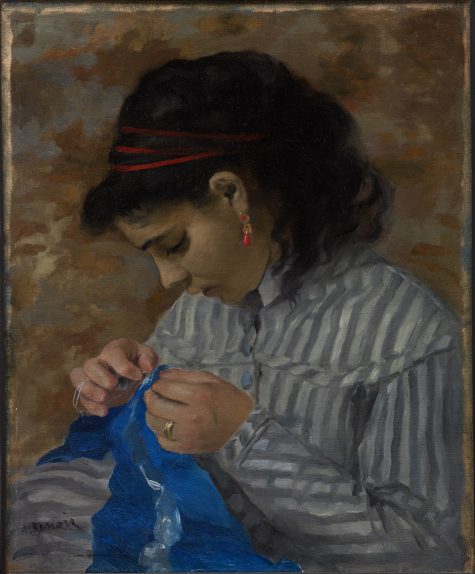
Pierre-Auguste Renoir, Lise Sewing, c. 1867-68, oil on canvas, Dallas Museum of Art, The Wendy and Emery Reves Collection, 1985.R.59
Stacey Lizotte is Head of Adult Programming and Multimedia Services at the DMA.
